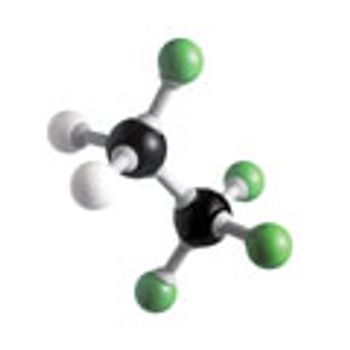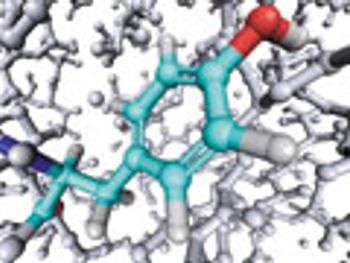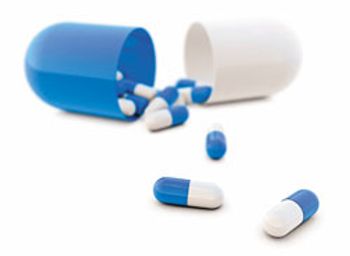
The United Nations discusses the progress in achieving the UN Millennium Development Goals and sets a path for post 2015, and the pharmaceutical industry offers its input.
Patricia Van Arnum was executive editor of Pharmaceutical Technology.

The United Nations discusses the progress in achieving the UN Millennium Development Goals and sets a path for post 2015, and the pharmaceutical industry offers its input.

Pharmaceutical companies and industry organization provide comments to FDA's draft guidance on contract manufacturing and quality agreements.

Recent FDA enforcement activity reveals issues with vial-filling, adequacy of QA/QC procedures, particulate matter in inhalation powders and injectables, and drug labeling.

Fluorinated molecules play an important role as pharmaceutical compounds. Recent advances seek to overcome the challenges of selective and late-stage insertion of fluorine into small molecules.

A recent analysis by PricewaterhouseCoopers projects that the wage gap between advanced economics and emerging economies, such as China and India, will shrink significantly by 2030.

Contract service providers position in China as biopharmaceutical and pharmaceutical companies align their strategies in emerging markets for growth.

A look at the happenings at this year's installment of CPhI Worldwide.

Contract manufacturers of both APIs and finished products expand manufacturing capacity and services for high-potency manufacturing.

A roundup of expansion activity of manufacturing capacity and service offerings from fine-chemical producers and contract API manufacturers.

AstraZeneca, Bristol-Myers Squibb recall certain lots of of their antidiabetes drug Bydureon (eventide) due to manufacturing records that batches may contain underfilled vials.

Product quality is of paramount importance to pharmaceutical manufacturers, and implementing a strategy for impurity control is crucial.

Mergers and acquisition activity on both a volume and value basis is up thus far in 2013 comparative to 2012.

A recent survey shows that talent retention is an issue on industry level for contract research organizations (CROs), particularly for CROs located outside the United States.

The adoption of quality by design in small-molecule drug development and manufacturing continues to evolve as the industry seeks ways to augment process understanding for APIs

Developments involve stereoretentive cross-coupling, enantioselective alcohol silylation, strategies for amplifying signals in circular dichroism spectroscopy, and a synthetic route for the natural product ingenol.

Industry experts share their views on the outsourcing model and the current and future direction of contract chemical API manufacturing.

Industry experts share perspectives on risk assessment and mitigation in excipient manufacture and the excipient supply chain.

Siegfried is proceeding with its expansion in China and Switzerland.

Pfizer, Merck, Sanofi, and AstraZeneca are among the companies reporting revenue declines from generic-drug incursion. A look at what the companies are doing to stimulate growth.

Contract service providers expand capabilities in API and finished product manufacturing to meet demand for high-potency drugs

The pharmaceutical majors target biologics and emerging markets in their manufacturing expansion activities and plans.

Stapled peptides offer promise to enable cell permeability, binding to therapeutic targets, and modulation of biological pathways.

Recent draft guidance from FDA on contract manufacturing and quality agreements highlights the importance of such agreements and define the roles and responsibilities of each party to be in keeping with quality risk-management principles.

The investment activity of CDMOs and CMOs reveals the broader business and technical trends of the pharmaceutical industry.

External manufacturing plays a crucial role in pharmaceutical companies’ supply strategy. The author examines market trends for the captive and merchant global market for active pharmaceutical ingredients and intermediates.

Increased pharmaceutical trade creates new challenges for regulatory oversight.

The US and EU move forward with measures to fortify the pharmaceutical supply chain.

Negotiations begin this week on the Transatlantic Trade and Investment Partnership, a new trade pact between the United States and European Union. What will be the implications for the pharmaceutical industry?

Contract service providers expand capabilities in API and finished product manufacturing to meet demand for high-potency drugs.

The US and EU move forward with measures to fortify the pharmaceutical supply chain.